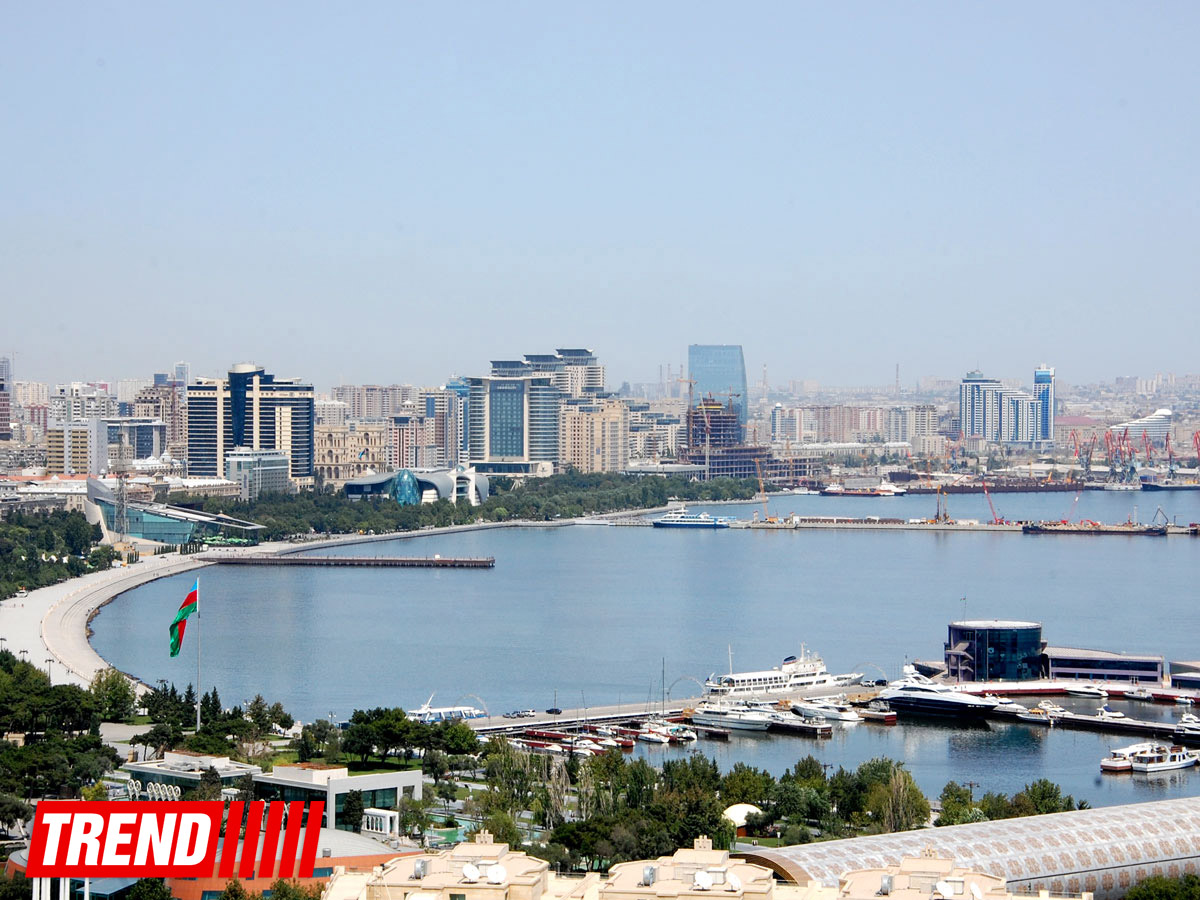Azerbaijan's macroeconomic situation a unique one in crisis-hit world

By Aynur Jafarova
The macroeconomic situation in Azerbaijan is a unique one on the background of ongoing world financial and economic crisis.
In recent years, the GDP in Azerbaijan has increased, which is reflected in the GDP per capita. GDP has increased by 16 times over the past 20 years.
In its recently published report, the World Bank ranked the countries in terms of their level of GDP per capita (GNI per capital-Atlas Method).
According to this ranking, the world countries are divided into four groups: the first group includes the countries with low-income - less than $1,035 per capita, the second group consists of the countries with lower-middle income - $1,036 - $4,085 per capita, the third group comprises upper-middle-income countries - $4,086-$12,615 per capita, and at last the fourth group includes the high-income countries - $12,616 and higher.
"Based on the World Bank classification, Azerbaijan was included in the list of the countries with upper-middle income. Moreover, Azerbaijan is included in the group of countries not only in the World Bank estimations, but also in the classification of other well-known international organizations," Chairman of the Center for Economic and Social Development, Vugar Bayramov told local media.
The International Monetary Fund (IMF) forecasts Azerbaijan's GDP growth at 4.5 percent in 2014 and 4.3 percent in 2015. The Asian Development Bank predicts the rate of GDP growth will amount to 5 percent in 2014, and 4.8 percent in 2015.
The expert predicts further growth of Azerbaijan's GDP per person.
"Azerbaijan's GDP is projected to double by 2020. In this regard, the country's GDP per capita will reach $14,000 by 2020. This, in turn, will exclude Azerbaijan from the group of countries with middle income and include it in the list of countries with high income," Bayramov believes.
According to Azerbaijan's State Statistics Committee, the GDP in 2013 increased by 5.8 percent and reached 57.7 billion manats, while the GDP per capita exceeded 6,207 manats (over $7,912).
Azerbaijan's Social-Economic Development Concept, developed by Economy and Industry Ministry, said the real GDP growth in the country will be equal to 5.2 percent. This figure is predicted to reach 59.4 billion manats in 2015.
Azerbaijan leading CIS country for FDI
Investment is the most important indicator of each country's macroeconomic development. In this regard, Azerbaijan is leading among the countries of the Commonwealth of Independent States (CIS) in terms of foreign investment per capita.
Political and macroeconomic stability, secure protection of investors' rights, favorable geographical location, rich natural resources and highly skilled workforce have turned Azerbaijan into one of the most attractive countries for foreign investments.
In the first nine months of 2014, some $19 billion was invested in the Azerbaijani economy, of which $8 billion accounts to the share of foreign direct investment.
The foreign direct investment made in Azerbaijan's economy will exceed the forecasts made for 2014. The economic experts forecast that in 2014 some $20 billion investment will be made in the country's economy.
Chairman of the Sustainable Development Research Center, Nariman Agayev told local media that Azerbaijan occupies a special place among the investment-attractive countries.
He believes this is due to the fact that the inflow of investment to the Azerbaijani economy has been on the rise, and this trend will continue in the future.
"Currently, the oil and gas sector of the country is still in the focus of foreign investors. However, the situation will change in the coming years, and the proportion will lean toward the non-oil sector," the experts said.
"Besides the agricultural sector, production of building materials and tourism sector would be interesting for foreign investors. It is possible that in the future the interests of foreign investors will extend the fields of housing construction and the construction of roads. Also, the banking sector may be interesting for investors. In particular, the banking sector would become attractive for the investors from the Arab countries," Agayev added.
Today, Azerbaijan has turned from an importer of investment to an exporter of it. In particular, in 2012 the export of investment amounted to $1.128 billion, exceeding the relevant figure for 2011 twice.
One of the main priorities of Azerbaijan's government is promoting its non-oil sector, attracting investments, advanced technologies and management experience from abroad.
Azerbaijan has achieved most of its goals in this field, and successfully attracted $83.8 billion worth foreign investment from 1995 to 2013, some $35 billion out of which accounted for non-oil sector.
It is expected that the non-oil sector will develop more dynamically in Azerbaijan which also enjoys a capacious financial cushion of security in the form of gold and foreign exchange reserves worth $53 billion. This figure is eight times higher than the foreign debt of the country. Azerbaijan is ahead of all CIS countries for this indicator.
Azerbaijan has set a goal: to minimize the dependence of the national economy on the oil factor and to double the country's GDP by developing non-oil sector by 2020.
Here we are to serve you with news right now. It does not cost much, but worth your attention.
Choose to support open, independent, quality journalism and subscribe on a monthly basis.
By subscribing to our online newspaper, you can have full digital access to all news, analysis, and much more.
You can also follow AzerNEWS on Twitter @AzerNewsAz or Facebook @AzerNewsNewspaper
Thank you!
